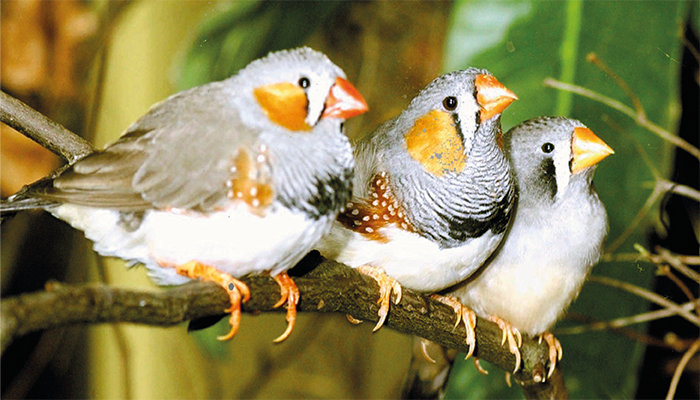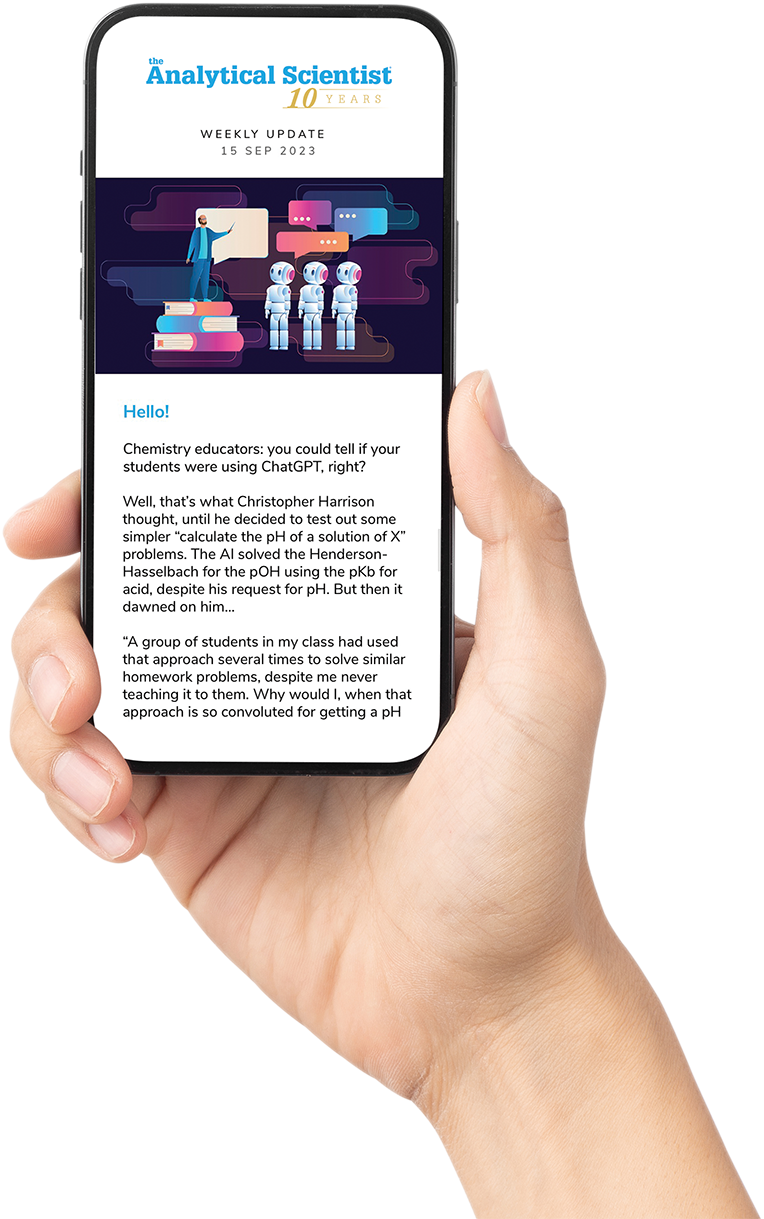
Credit: Zebra finch group, CC BY 2.5, via Wikimedia Commons
Young zebra finches know when they’re getting better at singing thanks to a surge of dopamine in their brains, researchers have found. The study used real-time chemical sensing and machine learning to unravel how intrinsic motivation guides vocal learning in birds, offering insight into broader mechanisms of skill acquisition across species.
The researchers at Duke University monitored thousands of song renditions from juvenile male zebra finches as they practiced alone in soundproof chambers.
"The amount of effort that a juvenile bird makes to achieve vocal mastery is immense," said corresponding author Richard Mooney in a press release. "It takes them about one month of solid practice every day, up to 10,000 renditions a day."
The birds’ performance was tracked using a machine learning algorithm that scored the accuracy of each vocalization compared to an adult tutor song. Alongside this, the team recorded sub-second fluctuations in dopamine levels in the basal ganglia – a brain region associated with motor learning and reward processing.
“To track learning on a moment-by-moment basis, we needed to analyze thousands of song renditions and pair those data with second-by-second measurements of neurochemical changes,” said senior author John Pearson.
The team employed genetically encoded fluorescent dopamine sensors (dLight1.3b), delivered via adeno-associated viruses and imaged through implanted optical fibers. This setup enabled high-temporal-resolution detection of dopamine release during singing, capturing the subtle dynamics of learning-related brain activity. Simultaneous behavior recording and algorithmic scoring allowed the researchers to map dopamine fluctuations to song quality in real time.
The study found that dopamine levels increased during song attempts, even when performance was subpar – indicating that the act of practice alone activates reward pathways. However, better-than-average renditions elicited stronger dopamine surges, while below-average ones saw weaker signals. These internal fluctuations provided feedback on performance in the absence of any external reinforcement.
“Some tries were a little better, and some were a little worse,” Pearson said. “Generally the longer the birds worked at it, the better they got.”
The researchers also demonstrated that acetylcholine, acting through nicotinic receptors, can stimulate dopamine release during singing. Disruption of either dopaminergic or cholinergic signaling impaired vocal learning, suggesting that the two systems work in tandem to encode intrinsic feedback.
“Learning basically comes to a halt,” said co-senior author Richard Mooney. “The bird still sings a lot, but he doesn't seem to be able to learn from it.”
The findings support a model in which internally generated dopamine acts as a teaching signal – not unlike a compass – to steer motor learning. This mechanism, the authors argue, is likely conserved across vertebrates. The basal ganglia circuits involved are homologous to those in humans and other animals, suggesting broader relevance for understanding speech acquisition, skill learning, and even the neural basis of disorders such as Parkinson’s disease.
“Of all the scientific frontiers that remain, the brain is probably the most poorly understood, and it's fundamental to being human,” Mooney said.



